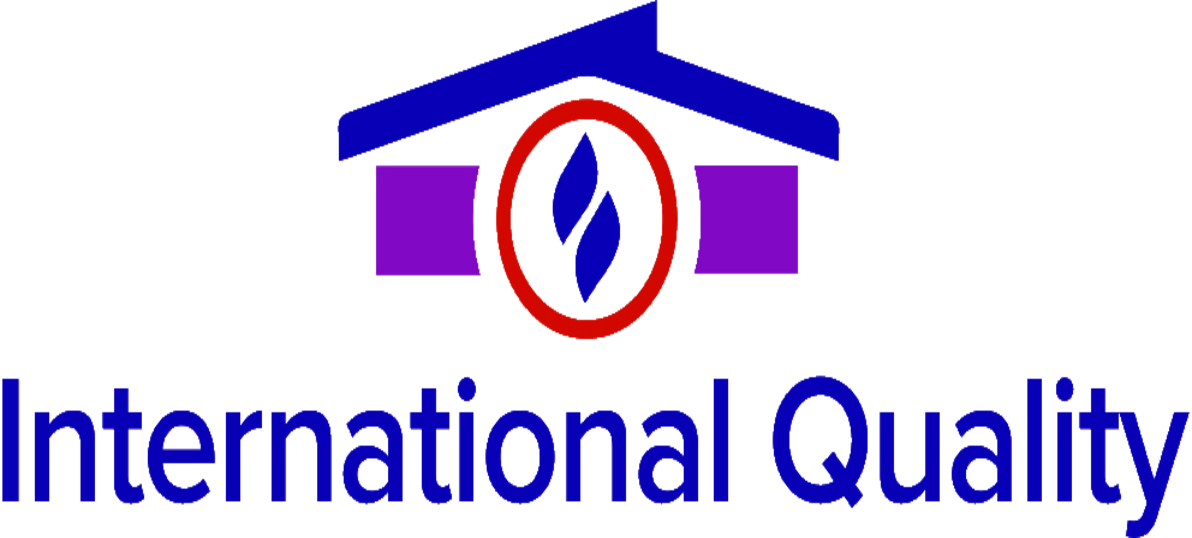A systematic approach to managing service level management can assist companies in keeping customer satisfaction at the forefront of decisions across departments. Setting decisions in terms of their impact on users helps everyone stay on the same page, and makes sure that you’re prioritizing customer satisfaction over other business goals.
SLM is a dependable framework that enables teams to draw a clear picture of the level of service they offer and to enable continuous improvement in service (CSI). It requires thoughtful planning and meticulous management to implement, but when executed correctly, it can help companies keep their promises to their customers.
SLAs are an essential part of SLM. These documents should be specific and clear. They should also contain tangible business outcomes that can be used to evaluate performance. They must be designed to allow for mistakes so that teams http://www.slm-info.org/2021/03/01/cybersecurity-2021-whats-new can follow them without compromising the overall customer experience.
A rock-solid SLM must have processes to monitor performance and any exceptions. This includes automated alert monitoring systems that ensure that the proper response is provided to any issues that occur. These processes are crucial to maintaining an efficient and stable infrastructure, while ensuring customer satisfaction. It’s also important to establish metrics and reporting that allow you to be able to understand and communicate the current condition of service quality including how SLA targets are trending.
